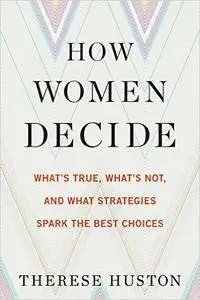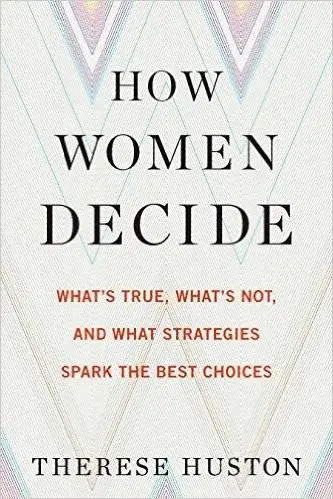How Women Decide: What's True, What's Not, and What Strategies Spark the Best Choices by Therese Huston
2016 | ISBN: 0544416090 | English | 384 pages | EPUB | 2 MB
2016 | ISBN: 0544416090 | English | 384 pages | EPUB | 2 MB
So, you’ve earned a seat at the table.
What happens next?
From confidence gaps to power poses, leaning in to calling bias out, bossypants to girl bosses, women have been hearing a lot of advice lately. Most of this aims at greater success, but very little focuses on a key set of skills that ensures such success — making the wisest, strongest decisions.
Every day, in every part of our lives, we face an increasing number of choices. Our futures depend not just on the results, but on how well we handle making these hard choices and the serious scrutiny that comes with them.
But is a woman’s experience issuing a tough call any different from a man’s?
Absolutely. From start to finish.
Men and women approach decisions differently, though not necessarily in the ways we have been led to believe. Stress? It actually makes women more focused. Confidence? A healthy dose of self-questioning leads to much stronger decisions. And despite popular misconceptions, women are just as decisive as men — though they may pay a price for it.
So why, then, does a real gap arise after the decision is made? Why are we quick to question a woman’s decisions but inclined to accept a man’s? And why is a man’s reputation as a smart decision-maker cemented after one big call, but a woman is expected to prove herself again and again?
How Women Decide delivers lively, engaging stories of real women and their experiences, as well as expert, accessible analysis of what the science has to say. Cognitive psychologist Therese Huston breaks open the myths and opens up the conversation about how we can best shape our habits, perceptions, and strategies, not just to make the most of our own opportunities, but to reshape the culture and bring out the best decisions — regardless of who’s making them.



